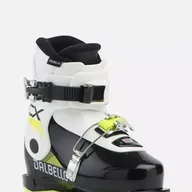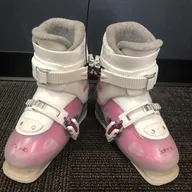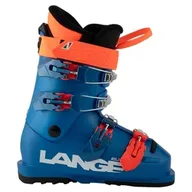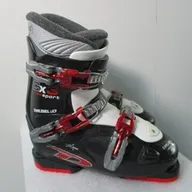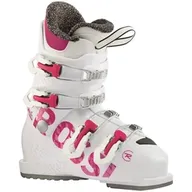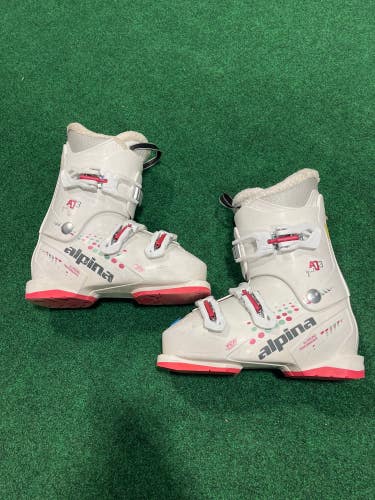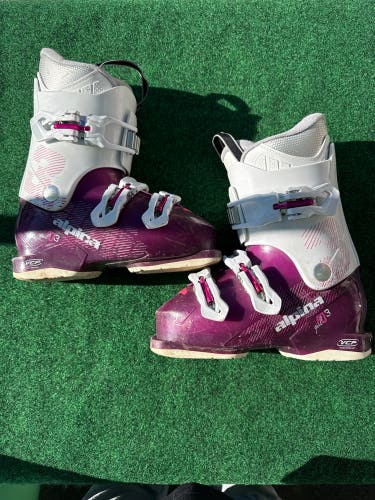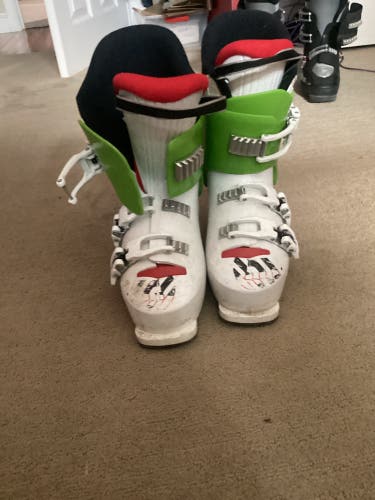What Type of Boot Do I Need?
Choosing the right ski boots depends on your skiing style, skill level, and comfort preferences. Here are the main types of ski boots to consider:
1. Alpine Ski Boots (Downhill Boots):
- Best For: Traditional downhill skiing.
- Features: Designed for use with alpine skis and bindings. They have a stiff construction to provide support and control, especially at higher speeds and on steeper terrain.
- Flex: Varies depending on skill level (softer flex for beginners, stiffer for experts).
- Fit: They typically have a snug, supportive fit for stability and control.
- Best For: Skiers who enjoy a variety of terrain (groomed runs, powder, etc.).
- Features: Designed to handle various skiing styles and conditions.
- Flex: Generally mid-range, making them suitable for most skill levels.
- Fit: Comfortable yet performance-oriented.
3. Freestyle/Freeride Ski Boots:
- Best For: Skiers focusing on terrain parks, off-piste, or backcountry skiing.
- Features: More flexible and lighter than traditional alpine boots, allowing for better maneuverability in the air and when skiing in the backcountry.
- Flex: Softer or medium flex for more freedom of movement.
- Fit: Often a bit looser to allow for more flexibility, but still providing support where needed.
4. Touring Ski Boots (AT Boots):
- Best For: Skiers who want to explore the backcountry or enjoy ski touring (climbing uphill and skiing downhill).
- Features: A walk mode for uphill travel allows for more ankle flexion and climbing comfort. They also have a stiff mode for downhill performance.
- Flex: Varies, but many offer a good balance between climbing comfort and downhill performance.
- Fit: Typically a bit more comfortable for long ascents, with a fit supporting uphill and downhill movement.
- Best For: Skiers who primarily ski off-piste and in deep powder.
- Features: Designed for backcountry conditions, often featuring a lighter design and more flexibility for climbing and hiking. They also often have a removable liner and more breathable materials.
- Flex: Typically softer or adjustable to help with climbing and skiing down steep, deep terrain.
- Fit: More comfortable and lighter than traditional alpine boots but supportive enough for skiing downhill.
